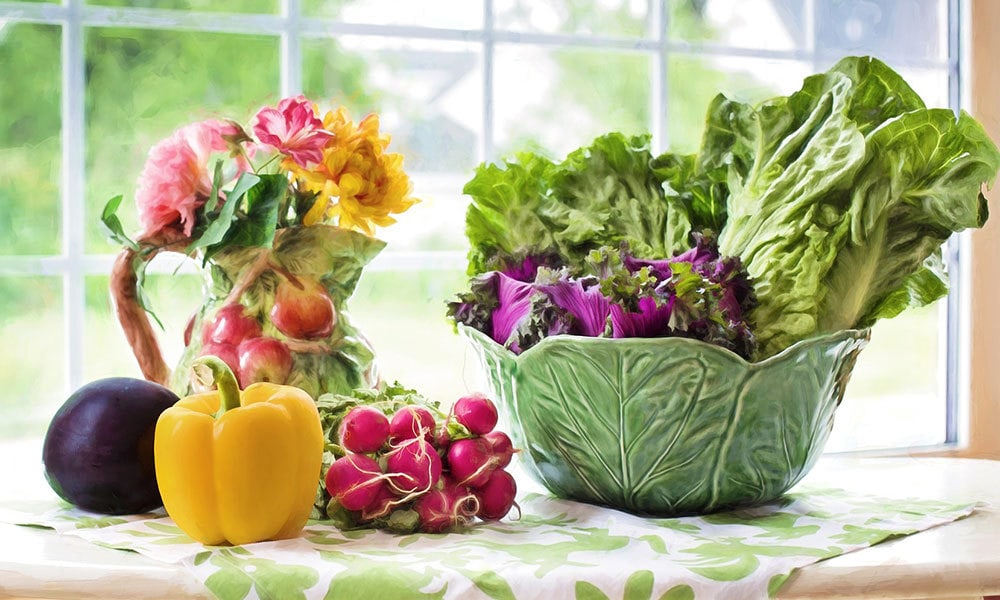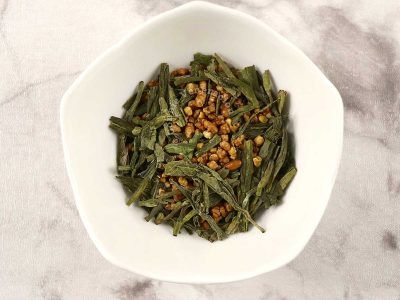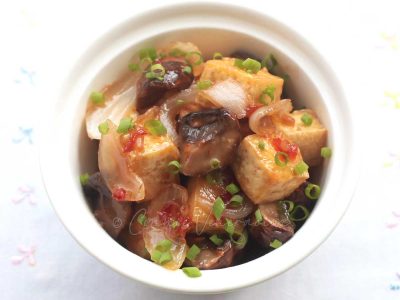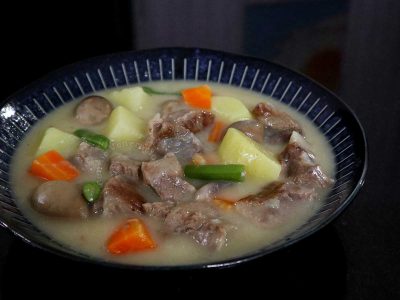First of all, I have nothing against vegetarianism. My daughter was a vegetarian for several years and I respected her choice. I respected her view that slaughtering animals leaves a heavier ecological footprint than harvesting plants. I have nothing against an omnivorous diet either. That’s my personal preference.
I do get miffed with vegetarians (vegans, especially) when they get all evangelical and self-righteous with claims that it is WRONG to slaughter animals for food because it is cruel. I’ve always said what the heck — don’t we kill plants too so we can eat them?
Plants aren’t inanimate objects — just like animals, they are living, breathing things too. But since plants don’t seem to make a sound when they are plucked, cooked, popped into the mouth and chewed, the foam-in-the-mouth “animal rights” defenders think (so conveniently) that there is no cruelty in eating plants.
Now, there’s proof that plants dofeeland that they react against attack. Vegan Nazis ought to get their ethical mis-arguments in order.
Previous studies have suggested that plant growth can be influenced by sound and that plants respond to wind and touch. Now, researchers at the University of Missouri, in a collaboration that brings together audio and chemical analysis, have determined that plants respond to the sounds that caterpillars make when eating plants and that the plants respond with more defenses.
University of Missouri News Bureau
If a plant reacts to the sound that a caterpillar make when chewing, what more when they are inside the mouth of a human?
Ah, the Vegan Nazis will claim that they are already dead by the time they reach the mouth of a human so they can’t feel anything by then. But, is that so?
That vegetable you’re mincing is still alive!
Consider how these vegetables behave after they are harvested. And note that these aren’t theories but observations I have personally made in all the decades that I have been cooking.
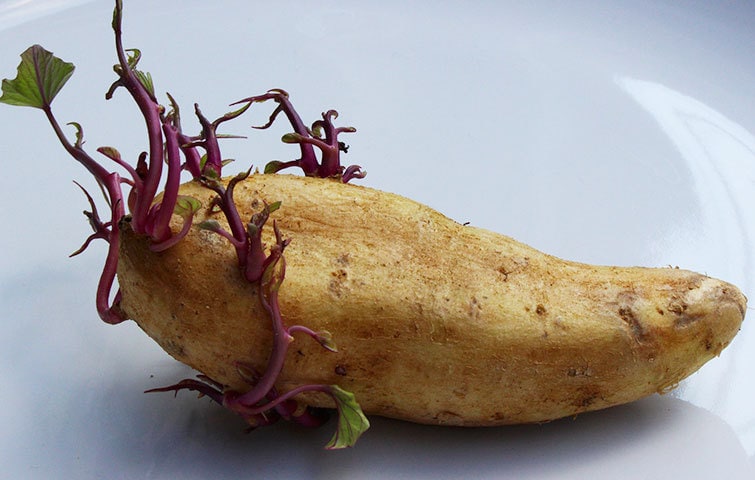
1. A potato left on the counter grow sprouts after several days.
2. Scallion stalks placed in a glass of water continue to grow roots. In fact, unless the water is replenished every two to three days, the water dries out as the roots grow longer and longer.
3. Slash a piece of ginger from the market. Dig a shallow grave in the garden, drop in the ginger and cover with soil. The ginger will grow.
Do they seem dead to you?It is obvious to me that they aren’t.
So, when a Vegan Nazi peels a potato, slices scallions or minces ginger, he is brutally dismembering, disfiguring and totally mutilating a living thing. That’s not cruelty? It amazes me how Vegan Nazis gloss over the obvious.
That witch in Hansel and Gretel is us!
According to most basic belief of the Vegan Nazis, killing animals for food is wrong. That sounds even more ominous when we consider that most animals slaughtered for food are raised just so they can be killed afterwards. Think of it — male and female animals are mated to give birth to offsprings whose only fate is to become our food. Think of poultry, hog and cattle farms where baby animals are fed and fattened up so that they have more and tender meat on their bones which is what we, the consumers, prefer. Then, they are all sent to the slaughterhouse. Chilling, isn’t it?
But look at the flipside too. Have you heard of anyone raising fruits and vegetables just to gaze lovingly at them until they wither and die? Vegetables and fruits are raised, watered, given enough sunlight and fertilized (organic or not) just so they can be harvested and eaten ideally while in their prime.
Whether we’re carnivores, omnivores or vegans, collectively, we’re that witch in Hansel and Gretel — we tend living things for food.
It’s about survival
For all the objections against cruelty with regard to what we eat, it is worth remembering that cliched lesson from grade school about the food chain. It’s a survival issue.
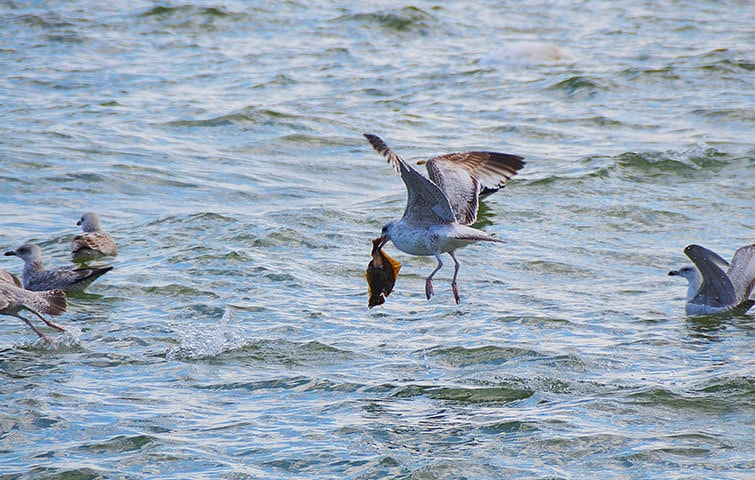
Some animals are herbivores, some are carnivores while others are omnivores. They will eat what they find in order to survive.
Among plants, the same survival instincts are present. Plant mint in your garden, directly into the soil, and it will kill the other plants beside it as its roots grow. Invasive is the word to describe it, and it is a survival technique. Trees growing in the wild will compete for water and sunlight, and the smaller and weaker ones will either perish or their growth stunted.
In regions where vegetation is sparse, animals are the primary food for humans.
In places where there is more vegetation than animals, humans will eat more plants.
And when both meat and plant are available as food, humans have a choice to eat both.
Whether you’re a carnivore or a vegan, you will have to kill a living thing in order eat — and that living thing will feel the pain when you end its life. Vegan Nazis ought to remember that.

